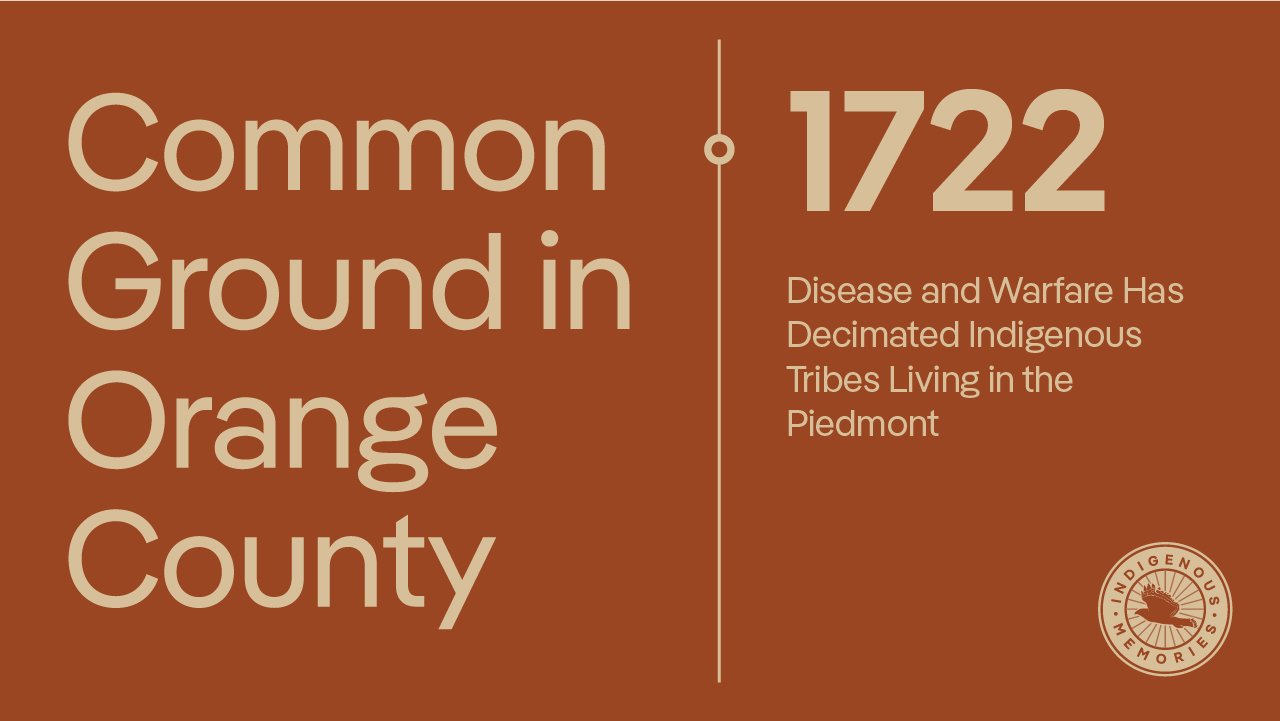
1722
DISEASE & WARFARE HAS DECIMATED INDIGENOUS TRIBES LIVING IN THE PIEDMONT
Decades of contact with European colonists unleashed a wave of devastation as disease and warfare swept through Indigenous communities, leaving a trail of death and disruption in their wake. Once-thriving populations of tribes like the Occaneechi, Saponi, and Tutelo faced a crisis that threatened their existence and irrevocably altered the landscape of the Piedmont.
European diseases, such as smallpox, measles, and influenza, proved catastrophic for Indigenous populations. Lacking immunity to these new illnesses, entire villages were decimated.
John Lawson, an English explorer who traversed the Carolinas in the early 18th century, documented the devastating impact of disease in his journal.
“In 1705, he wrote that within 200 miles of English or European settlement, five-eighths of the indigenous population had died from disease. Just imagine that: within 200 miles of Jamestown, 5/8 of the indigenous population was gone,” said Lawrence Dunmore, a historian of the Occaneechi Band of the Saponi Nation.
“Many died from diseases even before encountering Europeans directly. It wasn't uncommon for Europeans venturing into the Piedmont to find open fields where villages and farms had once been, but the people had succumbed to disease and were gone, leaving only the fields and village sites.”
This staggering loss of life shattered communities and disrupted social structures. Warfare added to the plight of Indigenous tribes. Intertribal conflicts, fueled by competition for resources and exacerbated by the pressures of colonial encroachment, intensified during this period.
The powerful Iroquois Confederacy, armed with European weapons, expanded its reach southward, launching devastating raids against Siouan-speaking tribes like the Occaneechi. These attacks further destabilized Indigenous communities, forcing them to abandon their villages and seek refuge elsewhere.
The combined impact of disease and warfare led to a dramatic decline in the indigenous population of the Piedmont. Villages were abandoned, traditional lifeways disrupted, and the delicate balance of power among tribes shattered.
“Former friends and allies could quickly become enemies as they began to compete for European trade goods and weapons,” Dunmore said.
Featuring Indigenous Memories Consultant, Lawrence Dunmore III

